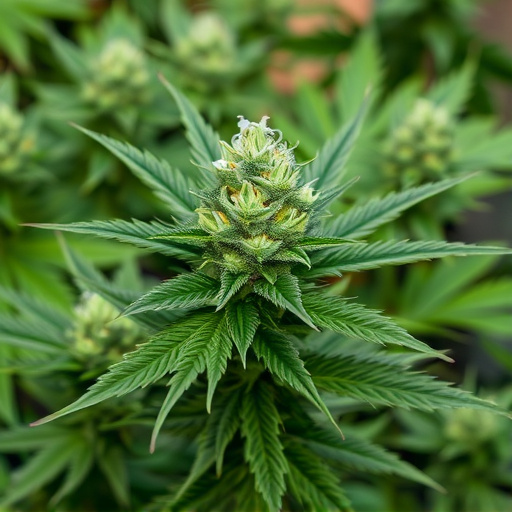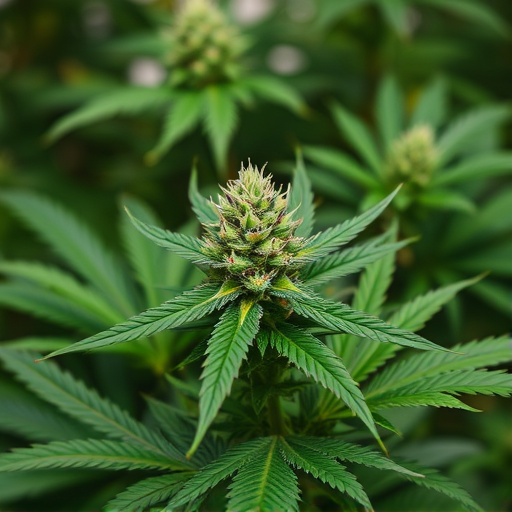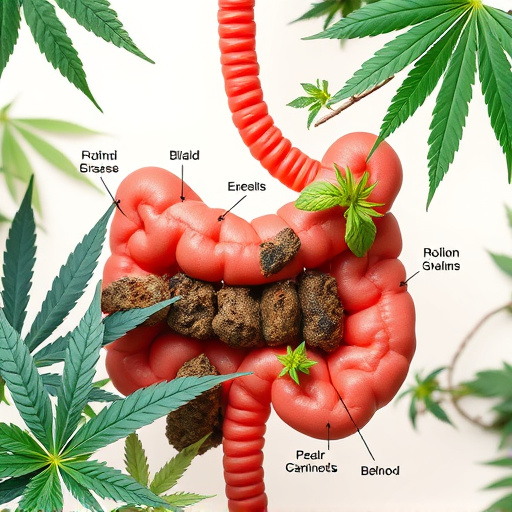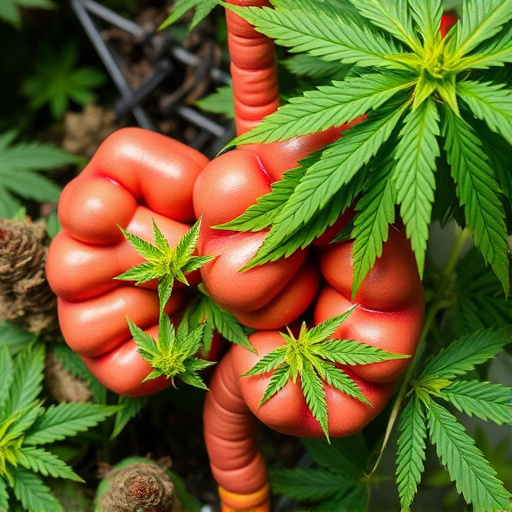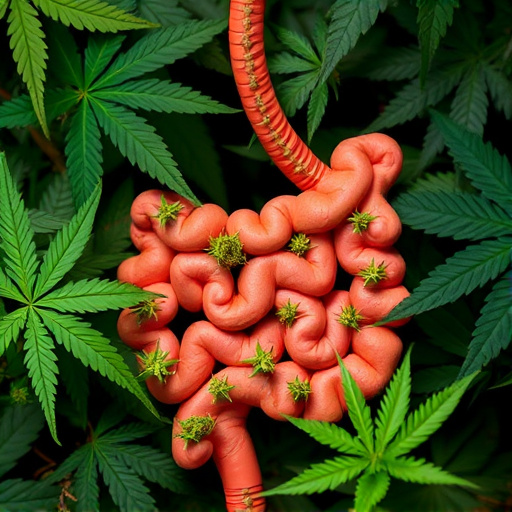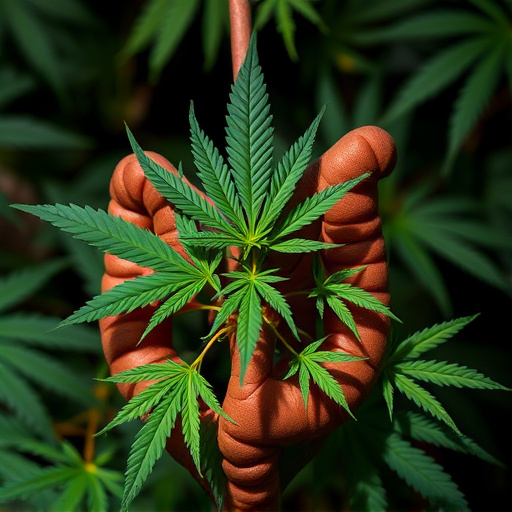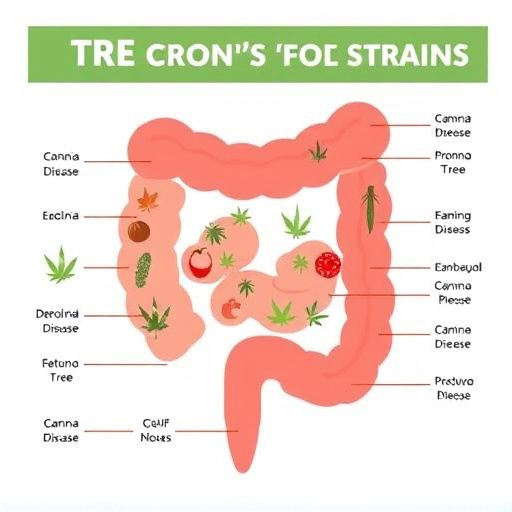Trichomes, tiny glandular hairs on cannabis plants, produce essential compounds like THC, CBD, terpenes, and flavonoids that influence aroma, flavor, and therapeutic benefits, including relief for conditions such as Crohn's disease. Understanding trichome maturity helps cultivators optimize harvest timing. Inspecting trichomes with microscopes, digital cameras, or magnifying glasses allows for precise assessment of potency and strain health. For effective symptom management, patients should cultivate strains known for their anti-inflammatory properties and harvest when trichomes turn milky or amber, ensuring a safe and effective product tailored to individual needs.
“Uncover the secrets of cannabis harvesting with a focus on trichomes, key indicators of quality and potency. This comprehensive guide reveals how these tiny hair-like structures play a pivotal role in determining the optimal harvest time for cannabis strains used to alleviate Crohn’s Disease symptoms. From understanding trichome types to mastering inspection techniques, you’ll learn to identify mature trichomes and ensure safe, effective cannabis for relief. Discover the tools and methods to consistently achieve high-quality crops.”
- Understanding Trichomes and Their Role in Cannabis Harvesting
- Tools and Techniques for Inspecting Trichomes
- Ensuring Quality and Safety: When to Harvest Cannabis for Crohn's Disease Relief Based on Trichome Analysis
Understanding Trichomes and Their Role in Cannabis Harvesting
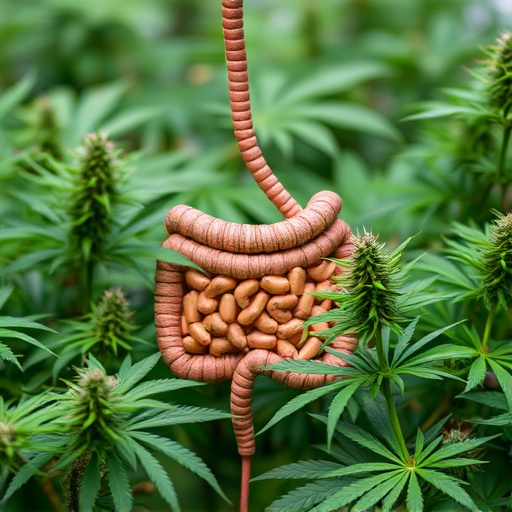
Trichomes, small glandular hairs that cover the surface of cannabis plants, play a crucial role in harvesting and determining the quality of cannabis strains. They produce a wide range of compounds, including cannabinoids like THC and CBD, terpenes, and flavonoids, which contribute to the plant’s unique aroma, flavor, and therapeutic effects. For patients with conditions like Crohn’s disease, understanding trichomes is essential as these compounds can offer significant relief.
In cannabis harvesting, the maturity and density of trichomes are key indicators of when a strain is ready for harvest. Mature trichomes often turn amber or cloudy, signaling that the plant has reached its peak potency and flavor profile. This knowledge helps cultivators time their harvests precisely to ensure they obtain the best possible yield in terms of both quantity and quality.
Tools and Techniques for Inspecting Trichomes
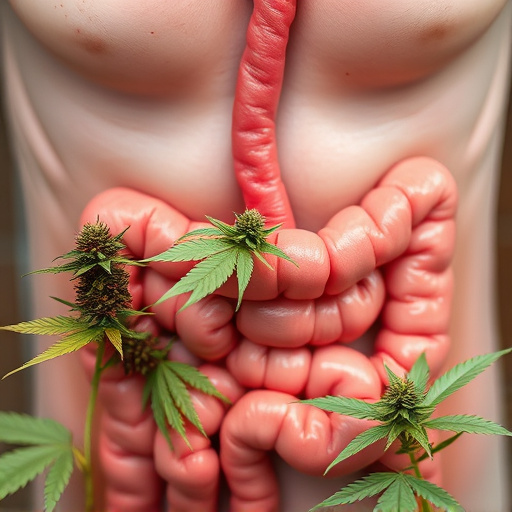
When it comes to inspecting trichomes for harvesting and quality in cannabis strains, especially those tailored to manage Crohn’s disease, the right tools and techniques are essential. Microscopes offer a detailed view, allowing you to assess trichome maturity and potency. Under high magnification, you can observe the structure of the trichomes, identifying beneficial compounds like cannabinoids and terpenes. Additionally, digital cameras attached to microscopes facilitate precise documentation for quality control.
For visual inspection, high-quality magnifying glasses or loupes provide a close-up view without the need for a microscope. This method is useful for quickly assessing overall trichome appearance and color, which can indicate strain health and potential yield. Combining these tools enables cultivators to make informed decisions about when to harvest cannabis strains optimized for Crohn’s disease patients, ensuring the best possible quality and efficacy.
Ensuring Quality and Safety: When to Harvest Cannabis for Crohn's Disease Relief Based on Trichome Analysis
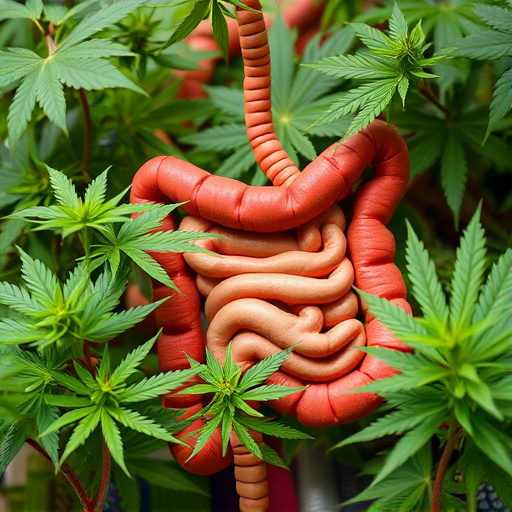
When considering harvesting cannabis for Crohn’s Disease relief, ensuring quality and safety should be paramount. One of the most effective methods to determine the optimal harvest time is through trichome analysis. Trichomes are tiny hair-like structures that produce cannabinoids, including THC and CBD, crucial for medical benefits. Monitoring their development allows cultivators to gather data on cannabinoid profiles and potency.
For Crohn’s Disease patients, it’s essential to cultivate cannabis strains known for their anti-inflammatory properties. Typically, harvest is recommended when trichomes turn milky or amber in color, indicating high THC levels and optimal CBD:THC ratios. This timing ensures a safe, effective product for managing symptoms associated with Crohn’s, balancing relief with potential side effects while prioritizing the patient’s overall well-being.
When considering harvest timing for cannabis intended to alleviate symptoms of Crohn’s disease, understanding trichomes is key. By utilizing tools and techniques discussed in this article—including close inspection of trichome structure and color through magnified vision—growers can accurately assess the optimal moment to harvest. This ensures that patients receive cannabis strains with the highest quality and potent cannabinoids for effective relief. Remember, precise timing based on trichome analysis is a game-changer in maximizing benefits for those relying on cannabis for Crohn’s disease management.



